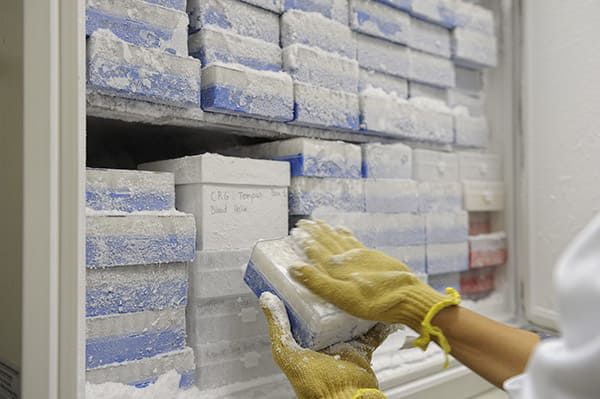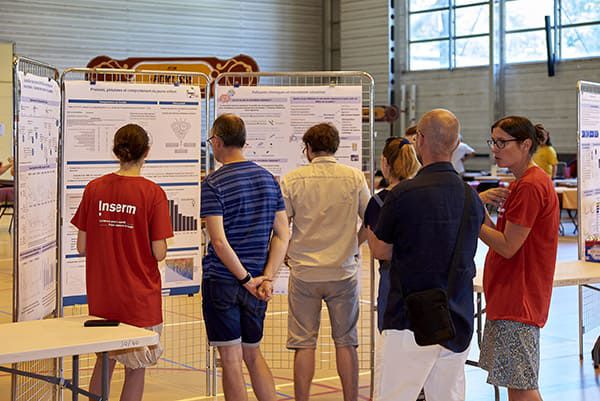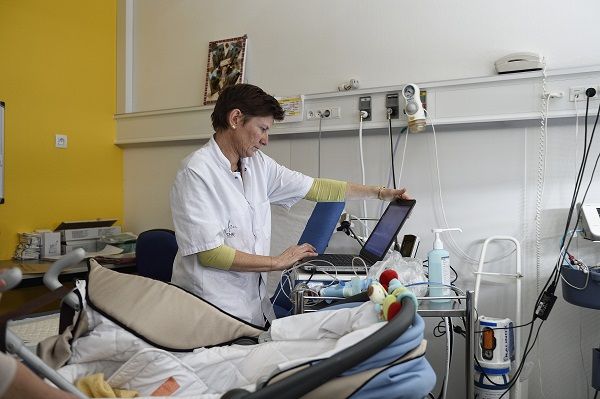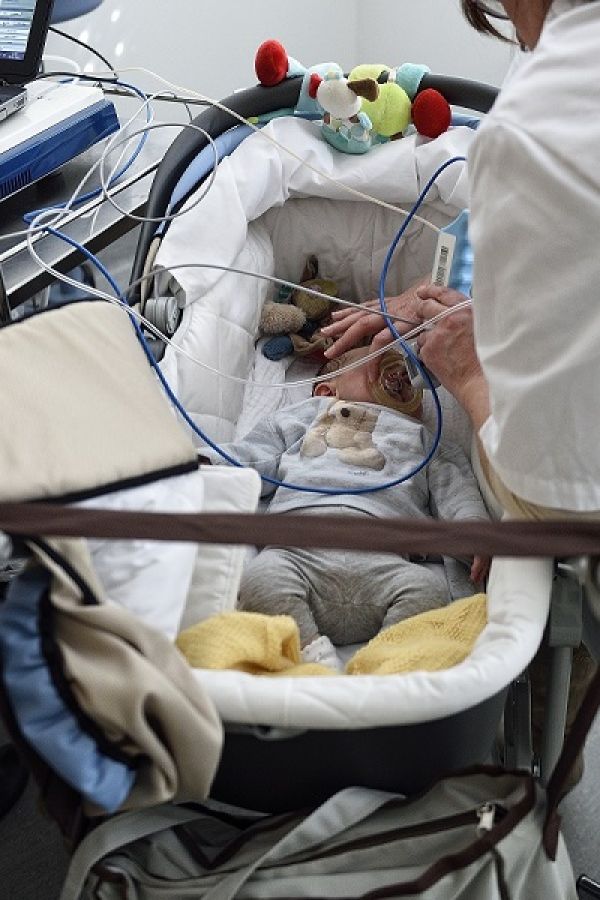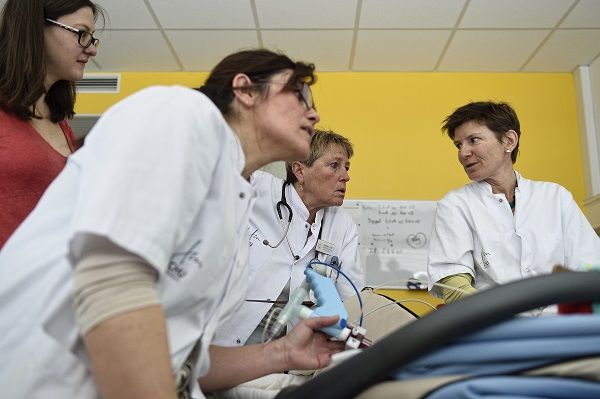Team
Environmental Epidemiology applied to Development and Respiratory Health (EDES)
Dpt: Environnement, Reproduction, Infections, Cancer
Our research activities
The general aims of our team are to identify preventable environmental risk factors of altered growth, neurodevelopment and respiratory health. We focus on air pollutants, endocrine disruptors, and the exposome as a whole, in a life course epidemiology approach. We also aim to contribute to the unraveling of the pathways underlying these possible effects, the quantification of the corresponding population impact, the identification of approaches to limit the environmental health burden at the individual and population levels. Most of this work relies on existing cohorts covering all ages of life, such as the SEPAGES couple-child cohort and the EGEA cohort on asthma coordinated by our team, as well as on intervention studies and health impact assessment studies. Our team is involved in several international consortiums, including the Helix, Athlete, and Longitools EU projects on the exposome and the PACE epigenetics consortium. Our research, relying on expertise and concepts at the interplay between epigenetics, biology of development, DOHaD, exposome research and biostatistics, ultimately aims at providing more reliable knowledge on the influence of controllable environmental factors on human health, and thus guide preventive and public health measures.
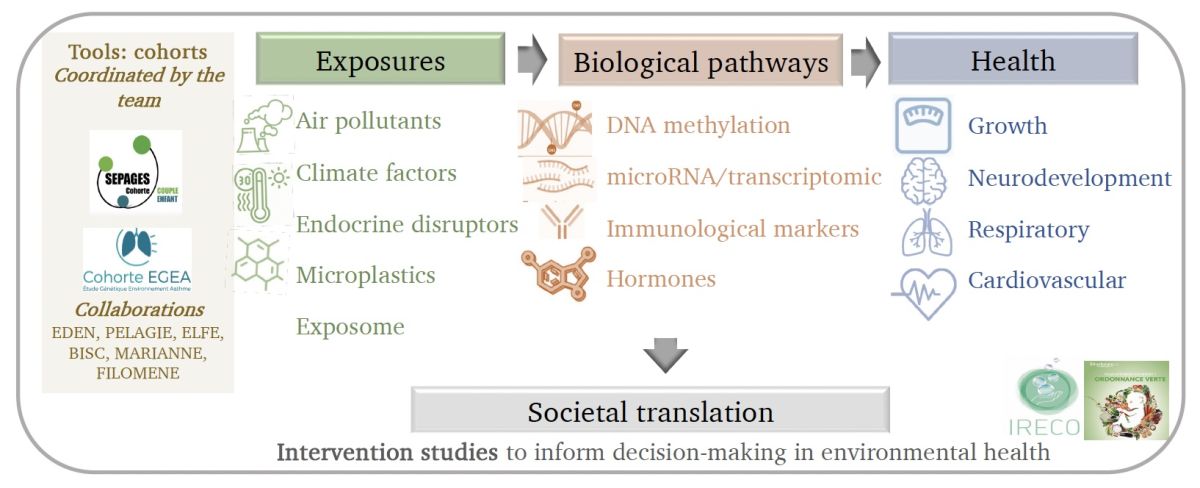
Our research axes
To characterize the effect of the exposome and specific environmental factors (non-persistent endocrine disruptors, air pollutants, climate) on human development and health.
To improve epidemiological tools (including new cohort approaches and biomarker-based techniques, personal measurement devices and biostatical models) allowing characterisation of the exposome, human health and their interrelations.
To delineate the implication of specific biologic pathways (including epigenetics, transcriptomic, immune and endocrine disruptions) in the health effects of environmental exposures.
Études interventionnelles visant à établir des lignes directrices scientifiques sur la manière de réduire l'exposition aux contaminants environnementaux
Our major publications
See all publicationsOur activities in pictures
Our collaborations
- Our team has international collaborations, mainly through several international consortiums, including the Athlete, Endomix and Longitools EU projects on exposome and the PACE epigenetics consortium, in which the team is involved.
Our technologies
- Environmental epidemiology


